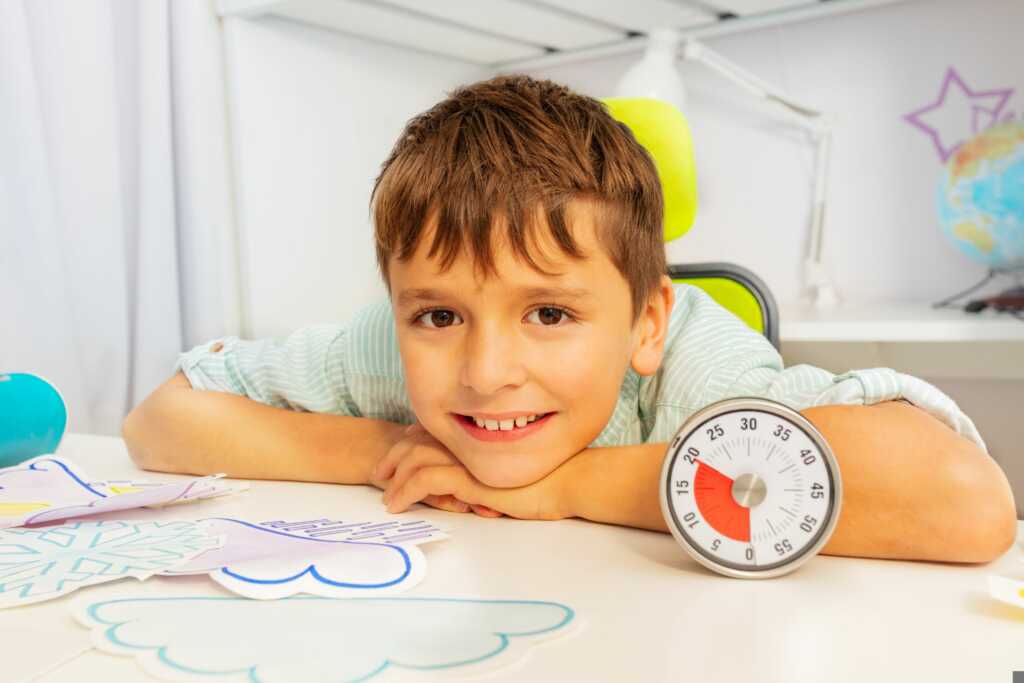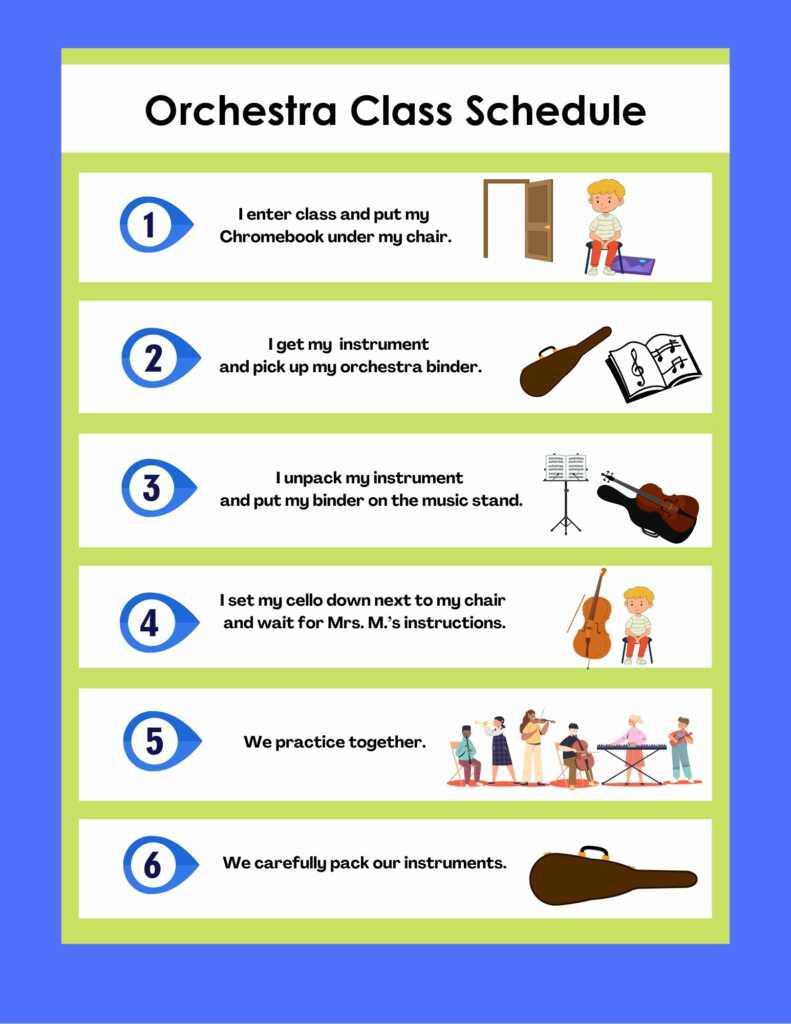Blog

How to Use Visual Schedules and Supports at Home: A Parent’s Guide to Building Structure and Independence
As Board Certified Behavior Analysts (BCBAs) working with families here in the Cleveland area, we’re often asked by parents: “How can I make our home routines easier for my child with autism?” The answer we consistently share is one that’s backed by decades of research and countless success stories: visual supports and schedules.
If you’ve ever wondered why your child seems to thrive with the structured visual systems used at school but struggles with transitions at home, you’re not alone. Many parents feel uncertain about how to recreate that same supportive environment in their own living rooms and kitchens. The good news? You absolutely can, and it’s probably easier than you think.
Why Visual Supports Work So Well for Children with Autism
Children with autism often excel at processing visual information compared to auditory instructions. Research shows that visual supports can reduce anxiety, increase predictability, support communication and improve participation for children on the spectrum. Think of visual supports as giving your child a roadmap for their day – instead of wandering through unfamiliar territory, they have clear directions to follow.
When we use visual supports at home, we’re essentially speaking your child’s preferred “language.” Rather than relying solely on verbal instructions that can be forgotten or misunderstood, visual supports provide concrete, consistent information that stays accessible throughout the activity or routine.
What Are Visual Supports and Schedules?
Visual supports are any visual items that help communicate information. These can include:
- Photo cards showing specific activities or items
- Picture schedules that outline the sequence of daily routines
- First/Then boards that show what comes first and what reward follows
- Visual timers that show how much time is left for an activity
- Choice boards that display available options
- Social stories with pictures that explain social situations

Visual schedules specifically show the sequence of activities or steps in a routine, helping children understand what’s happening now, what’s coming next, and when things will end.
Starting Simple: Your First Visual Schedule
When we work with families, we typically recommend starting with one routine that’s currently challenging. Maybe it’s the morning routine, bedtime, or getting ready to leave the house.
Here’s how to build your first visual schedule:
Step 1: Choose Your Format
Start with what works for your child’s developmental level:
- Photographs of your child doing each step work great for younger children or those who need concrete representations
- Simple drawings or icons can work for children who understand more abstract representations
- Written words can be added for children who are reading
Step 2: Break Down the Routine
Let’s say you’re tackling the morning routine. Break it into clear, observable steps:
- Wake up
- Use the bathroom
- Brush teeth
- Get dressed
- Eat breakfast
- Pack backpack
- Put on shoes
- Get in the car
Step 3: Make It Interactive
Create a schedule where your child can actively participate. This might mean:
- Using velcro strips so they can move completed tasks to a “finished” column
- Having them check off completed items with a dry-erase marker
- Using a “all done” box where they can place completed task cards
Step 4: Start Small
Begin with just 2-3 steps, then gradually add more as your child becomes comfortable with the system.
Real-Life Example
Visual schedules do not need to be super complex. Here’s a real-life example of a visual schedule used by one of our older patients:

Advanced Visual Supports for Independence
As your child becomes comfortable with basic schedules, you can introduce more sophisticated visual supports:
Choice Boards
Create boards showing 2-4 preferred activities your child can choose from during free time. This reduces the overwhelm of unlimited choices while still giving your child autonomy.
First/Then Boards
These powerful tools show “First we do this less preferred activity, then we get to do this preferred activity.” For example: “First clean up toys, then iPad time.”
Visual Recipes
For older children, create step-by-step visual recipes for simple snacks or meals they can prepare independently. Include photos of each ingredient and step.
Transition Warnings
Use visual countdown timers or “in 5 minutes” cards to help your child prepare for transitions between activities.
Making Visual Supports Work in Different Areas of Your Home
Kitchen: Create visual recipes, snack choice boards, and mealtime behavior expectations.
Bathroom: Use step-by-step hygiene routines, showing each part of handwashing, tooth brushing, or toilet routines.
Bedroom: Develop morning and bedtime routines, and organization systems showing where clothes and toys belong.
Living Areas: Create family rules displays, quiet time activity options, and cleanup routines.
Troubleshooting Common Challenges
“My child isn’t interested in the visual schedule.” Try involving your child in creating it. Let them take the photos, choose the pictures, or decorate the schedule. When children feel ownership, they’re more likely to use the system.
“It worked for a week, then my child stopped using it.” This is normal! Children sometimes test boundaries with new systems. Stay consistent, provide gentle reminders, and consider if the schedule needs tweaking rather than abandoning it entirely.
“My child completes the schedule too quickly and then doesn’t know what to do.” Add a “check with adult” or “choose free time activity” card at the end of routines to provide clear next steps.
The Science Behind Visual Supports
Multiple systematic literature reviews have found that visual activity schedules are an evidence-based intervention, with numerous peer-reviewed studies demonstrating their effectiveness in helping individuals with autism engage in a variety of activities, including on-task behavior. This isn’t just theory – it’s proven practice that works.
Research using single-subject designs has shown a significant decrease in the latency between the time students were given instructions and the time they began the next activity when visual supports were used. In simpler terms, children respond faster and more independently when they have visual information to guide them.
Tips for Long-Term Success
- Keep It Current: Update photos and schedules as your child grows and routines change.
- Stay Flexible: Some days the schedule might need modifications. That’s okay – flexibility teaches important life skills too.
- Celebrate Success: Acknowledge when your child follows their schedule independently, even if it’s just one step.
- Make It Portable: Create mini-versions for outings, visits to grandparents, or other locations where structure would be helpful.
When to Seek Professional Support
While many visual supports can be successfully implemented at home, consider reaching out to a BCBA or other autism professional if:
- Your child seems overwhelmed by visual information
- Challenging behaviors increase when using visual supports
- You’re unsure how to modify supports as your child develops
- You want to ensure the visual supports align with what’s being used at school
Here at Therapy & Wellness Connection, we love partnering with families to create individualized visual support systems that work for your unique family dynamics and your child’s specific needs.
Visual supports aren’t just tools; they’re bridges to independence. Every time your child successfully follows a visual schedule, they’re building confidence and skills that will serve them throughout their life. And every time you use these supports, you’re creating a calmer, more predictable environment where your entire family can thrive.
The most rewarding part of my work is watching children move from needing constant verbal reminders to independently managing their routines with the help of visual supports. It’s not just about completing tasks – it’s about building the foundation for lifelong independence and self-confidence.
Your child has so much potential, and visual supports can be the key to unlocking it, one picture at a time.
For more information about Cleveland autism testing, pediatric speech therapy, occupational therapy, behavioral therapy (ABA), and physical therapy at Therapy and Wellness Connection, contact us online or call our office (330) 748-4807. Our educational services and multidisciplinary therapy are available in Brecksville, Broadview Heights, Cleveland, Akron and surrounding communities.
Additional Resources:
https://pmc.ncbi.nlm.nih.gov/articles/PMC8733412
More Blog Entries:
